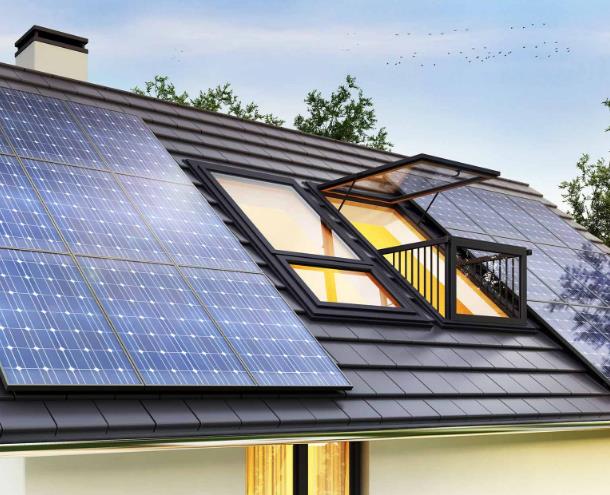Is Expanding Your Solar System with More Panels Simple?
Expanding your solar system by adding more panels might seem like a straightforward way to increase your renewable energy production and decrease your reliance on non-renewable energy sources. However, the simplicity of the process varies based on several factors. Let’s break down what you need to consider to determine is it easy to add additional solar panels to an existing system and how to navigate the expansion process effectively.

Understanding System Compatibility
The first step in expanding your solar system is assessing your current setup's compatibility with additional panels. This involves evaluating the capacity of your inverter and the electrical infrastructure of your system. If your inverter can handle the increased power output, you're one step closer. However, significant expansions might require an inverter upgrade, which can add complexity and cost to the project.
Assessing Available Space
Space availability is another crucial factor. For rooftop systems, you must have sufficient, unobstructed roof space to accommodate more panels. Ground-mounted systems also require enough land area. The optimal placement of new panels is essential to ensure they receive maximum sunlight exposure without shading from trees, buildings, or other structures.
Local Regulations and Permitting
The ease of expanding your solar system can also be influenced by local regulations and permitting requirements. Some jurisdictions may have strict guidelines on solar panel installations, including limits on system size or specific requirements for electrical systems. Navigating these regulations and obtaining the necessary permits can add layers of complexity to your expansion project.
Financial Considerations
While the cost of solar panels has decreased significantly over the years, making expansion more affordable, financial considerations still play a key role. You'll need to account for the cost of additional panels, potential inverter upgrades, and installation labor. However, federal, state, and local incentives can offset some of these costs. Evaluating the return on investment and how the expansion aligns with your energy needs is a critical step.
Choosing the Right Panels
Selecting new panels that are compatible with your existing system is essential for maintaining efficiency and performance. This doesn't mean you have to choose the exact same model, but the new panels should be of similar type, efficiency, and quality. Mismatched panels can lead to system inefficiencies or even damage.
Professional Installation
Given the technical and regulatory complexities involved, working with a professional solar installer is advisable. A reputable installer can handle every aspect of the expansion, from system evaluation and panel selection to obtaining permits and the actual installation. They can also ensure that the expanded system is properly integrated and optimized for peak performance.
Is It Easy to Add Additional Solar Panels to an Existing System?
In summary, expanding your solar system with more panels involves several considerations, from technical compatibility and space availability to regulatory compliance and financial planning. While the process might not be as simple as it initially appears, with thorough planning and the assistance of experienced professionals, it's certainly feasible. Expanding your solar system can significantly increase your clean energy production, reduce your carbon footprint, and potentially lead to substantial savings on energy costs over time.
